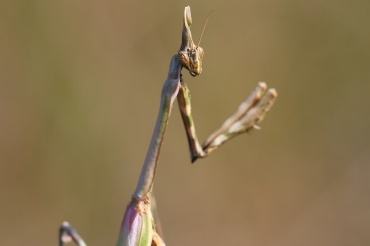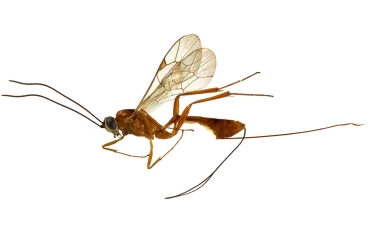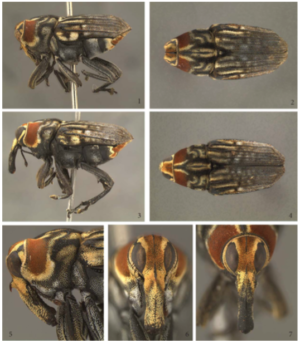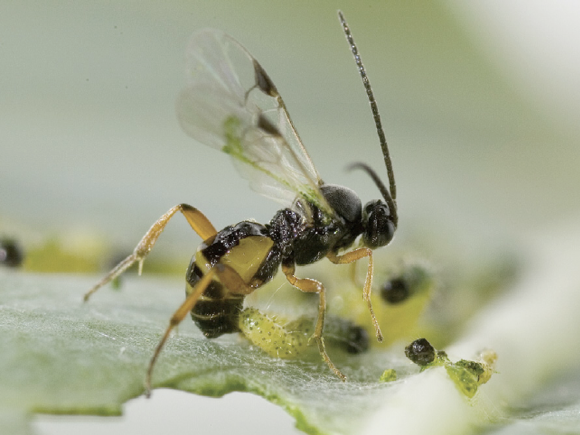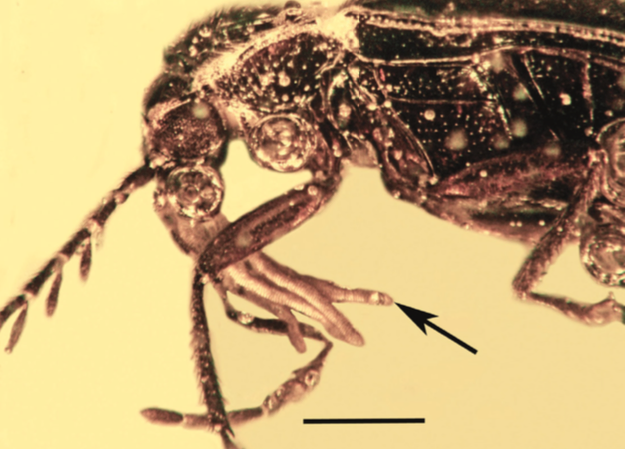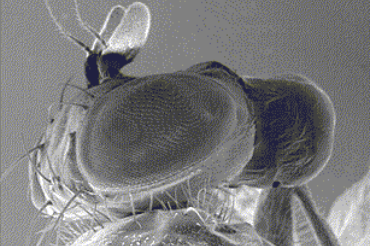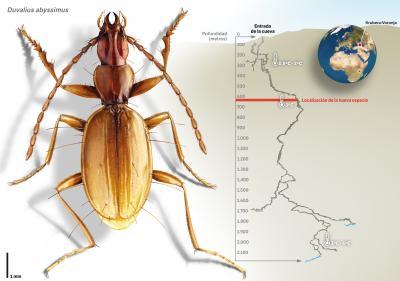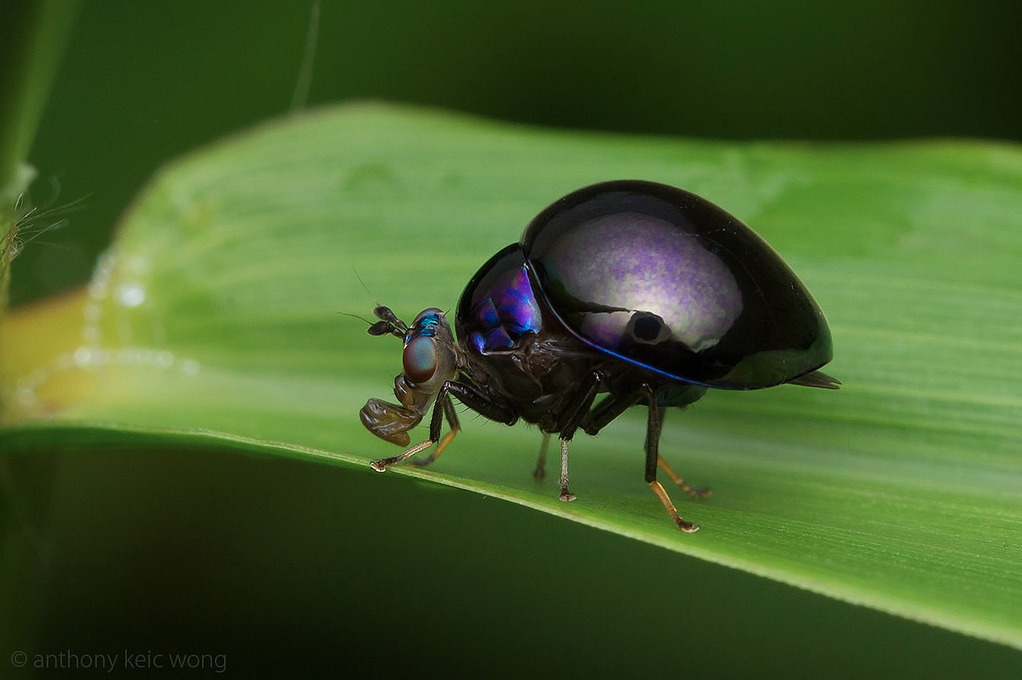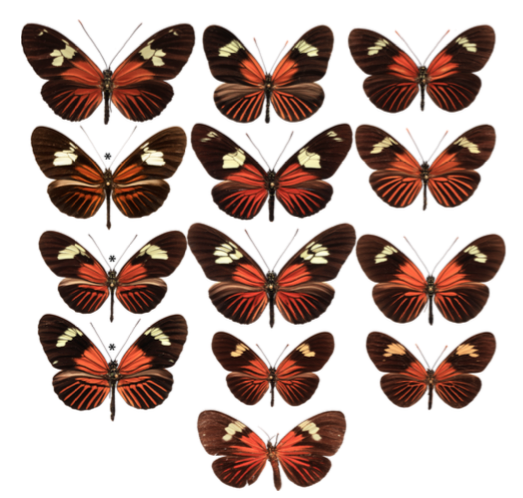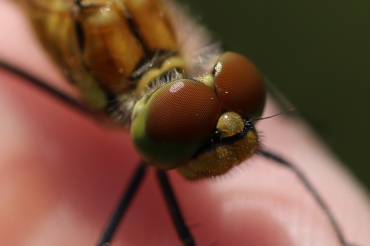By Nicolas MOULIN The mantises, a fascinating group of insects known to all for their voracity (some would say their cannibalism), are visible almost everywhere in the world. Only the poles and very high altitude environments do not support species. Elsewhere, they occur from the African deserts to the wet and relatively virgin areas of…
Tag: adaptation
The ovipositor of parasitoid hymenoptera: how micro-surgery is inspired by nature’s inventions
By Pascal ROUSSE In the world of parasitoids (lire this article), the ovipositor, also called oviscapte (abdominal appendix with which eggs are deposited), has a crucial role since it allows to locate precisely the egg laying in space and time, which is essential when it has to match the biological cycle of the host. Before…
Conoderinae: the Brazilian weevil who thinks He’s a fly!
Widespread in Curculionidae beetles, also known as weevils, mimicry offers astonishing models of study in these Species. Two Brazilian entomologists, Sergio A. Vanin (department of zoology-university of Sao Paulo) and Tadeu J. Guerra (department of Biology-federal University of Minas Gerais), have described in 2012 a new remarkable species of weevil that mimics Flies of the…
Two wasps, a caterpillar and a cabbage leaf
By Pascal ROUSSE Do you know what a parasitoid is? If so, you also know how fascinating their life cycle is. If not, you will soon know thanks to this detailed example. A paper written by the specialist Pascal Rousse for Passion-Entomologie, a big thank you to the author for agreeing to share his passion…
Orchids and beetles, a very ancient association
Post Views: 2,187 The first flowering plants to appear in the trias (-200 million years) diversified during the Cretaceous and all the Tertiary. caption id=”attachment_3567″
Insect vision (part 2): shape and movement
Post Views: 3,392 The eyes, in their diversity of form and structure, allow any organism (invertebrates and vertebrates) to collect light energy (photons), convert it
Duvalius abyssimus: a beetle of the depths
Post Views: 2,291 The ability of insects to colonize and adapt to extreme environments and inhospitable habitats is increasingly surprising. The discovery of a beetle
Diptera Celyphidae: when flies mimic Beetles
The world of insects sometimes contains surprising and mysterious species. Diptera (“flies”) Celyphidae are among them. caption id=”attachment_3078″ align=”alignright” width=”301″] Paracelyphus hyacinthus (Source : Anthony KeiC Wong-Flickr)[/caption] The name of this family comes from the Greek word “κέλυφος” which can be translated as “box” or “shell” which characterizes the most striking characteristic of these insects:…
Evolutionary history of Heliconius staining
Post Views: 2,020 In insects, wings are subjected to strong natural selection pressures for camouflage, mimicry and warning coloration. The patterns and colours of butterfly
Vision in Insects (Part 1) : Anatomy and structure of compound eyes
Post Views: 8,775 The function of the eyes is to receive and guide light energy (photons) to specialized receptor cells (photoreceptors) that translate this photonic

